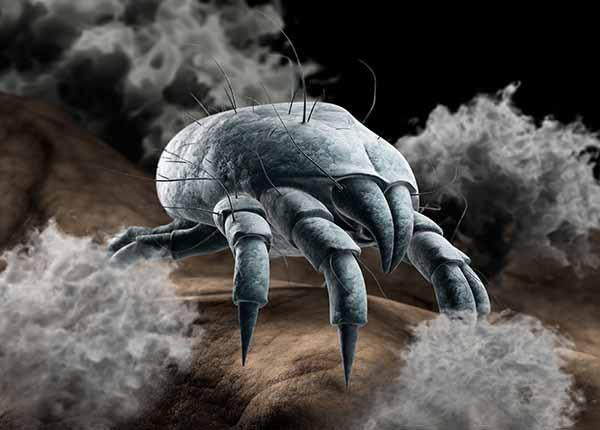Let’s be honest, cleaning curtains is not the most exciting task on our to-do list. It often gets pushed to the bottom, overlooked and forgotten. However, just like any other part of our homes, curtains also require regular cleaning to maintain their beauty and functionality. So, how often should you clean your curtains? Let’s dive into this topic and find out!
Before we jump into the nitty-gritty of curtain cleaning frequency, let’s talk about why it is important to clean your curtains in the first place. Curtains are not only decorative but also functional. They help block out light, provide privacy, and even insulate your home. Over time, curtains can accumulate dust, dirt, allergens, pet hair, and even odors. These unwanted particles not only affect the appearance of your curtains but can also impact the air quality in your home. Regular cleaning will not only keep your curtains looking fresh but also ensure a healthier living environment.
Now that we understand the importance of curtain cleaning, let’s discuss how often you should clean them. The frequency of curtain cleaning depends on various factors such as the location of your home, the level of pollution in your area, and the type of curtains you have. However, as a general rule of thumb, it is recommended to clean your curtains at least once every six months.
For curtains in high traffic areas or homes with smokers or pets, more frequent cleaning may be necessary. These factors can contribute to a quicker buildup of dirt and odors on your curtains. In such cases, cleaning your curtains every three to four months is advisable. Additionally, if you or any family members suffer from allergies or respiratory conditions, more frequent cleaning can help reduce allergens and improve indoor air quality.
Now that we have established the recommended curtain cleaning frequency, let’s discuss the different methods you can use to clean your curtains. The cleaning method you choose will depend on the fabric of your curtains. Here are some common curtain fabrics and the corresponding cleaning techniques:
1. Cotton or Linen Curtains: Cotton and linen curtains are relatively easy to clean. You can either machine wash them on a gentle cycle using a mild detergent or hand wash them in a bathtub or large sink. Make sure to follow the care instructions provided by the manufacturer. After washing, hang the curtains to dry or use a low heat setting on your dryer.
2. Synthetic Fabrics: Curtains made from synthetic fabrics such as polyester, nylon, or acrylic can also be machine washed. However, it is important to check the care label for any specific instructions. Some synthetic fabrics may require a delicate or cold water cycle. Avoid using bleach or harsh chemicals as they can damage the fabric. Once washed, hang the curtains to dry or use a low heat setting on your dryer.
3. Silk or Velvet Curtains: Silk and velvet curtains require more delicate care. It is recommended to dry clean these types of curtains to avoid any damage. Take them to a professional dry cleaner who specializes in handling delicate fabrics. Dry cleaning will help maintain the color and texture of your curtains.
4. Sheer or Lace Curtains: Sheer or lace curtains are best hand washed. Fill a basin with lukewarm water and a gentle detergent. Gently agitate the curtains in the water and then rinse thoroughly. Avoid wringing or twisting the fabric as it can cause damage. Hang the curtains to air dry or use a low heat setting on your dryer.
In addition to regular cleaning, it is also important to perform spot cleaning whenever necessary. If you notice any stains or spills on your curtains, address them immediately. Blot the stain with a clean cloth or sponge, using a mild detergent or stain remover if needed. Avoid rubbing the stain as it can spread and set in further.
Apart from regular cleaning, there are a few other steps you can take to keep your curtains looking fresh for longer. Here are some tips to help maintain the cleanliness of your curtains:
1. Vacuum Regularly: Use a vacuum cleaner with a brush attachment to remove loose dirt and dust from your curtains. This will prevent the buildup of particles and extend the time between deep cleanings.
2. Dusting: Dust your curtains regularly using a microfiber cloth or a feather duster. This will help remove surface dust and keep your curtains looking clean and fresh.
3. Sunlight Exposure: Avoid placing your curtains in direct sunlight for prolonged periods. Sunlight can cause the colors to fade and weaken the fabric. If possible, use curtains with a UV protection lining to minimize sun damage.
4. Pet Hair Removal: If you have pets, you know how their hair can find its way onto every surface, including your curtains. Use a lint roller or a damp cloth to remove pet hair from your curtains between cleanings.
5. Odor Control: To keep your curtains smelling fresh, you can use fabric sprays or air fresheners specifically designed for curtains. Be cautious not to use strong scents that can be overwhelming or cause allergies.
By following these tips and cleaning your curtains regularly, you can ensure that they remain beautiful, functional, and free from unwanted dirt and allergens. Remember, curtain cleaning doesn’t have to be a daunting task. With a little bit of effort, you can maintain the cleanliness and longevity of your curtains effortlessly.
In conclusion, it is recommended to clean your curtains at least once every six months. However, factors such as high traffic areas, pets, smokers, allergies, and the type of fabric may require more frequent cleaning. The cleaning method will depend on the fabric of your curtains, with machine washing, hand washing, or dry cleaning being the most common techniques. Additionally, regular vacuuming, dusting, and spot cleaning can help maintain the cleanliness of your curtains between deep cleanings. So, don’t neglect your curtains any longer; give them the attention they deserve and enjoy a fresh and clean living space!


